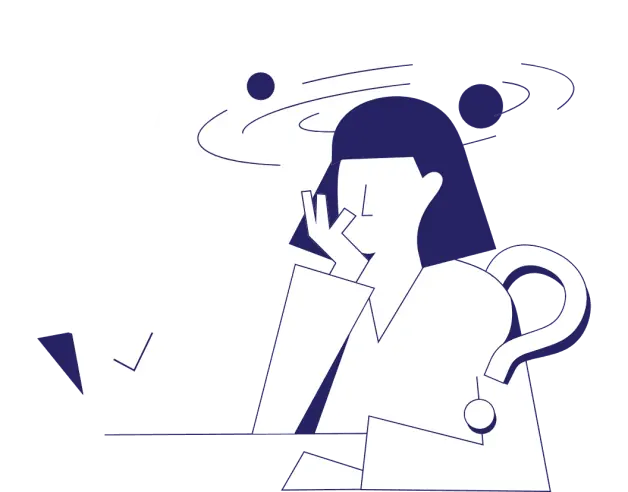
- 3-minute read
- 6th August 2023
Can Plagiarism Checkers Detect Translated Text?
If you’re a student or researcher, then you know how important it is to properly credit your sources and avoid plagiarism. But what should you do when your research includes translated text?
In this post, we’ll discuss plagiarism across more than one language, whether plagiarism checkers can detect translated text, and how to avoid plagiarism in your work. Keep reading for more.
What Is Cross-Language Plagiarism?
Cross-language plagiarism, also known as multilingual plagiarism, occurs when someone takes content from a source in one language and translates it into another language without proper attribution or citation (i.e., presenting it as their original work). This can include self-plagiarism – using translations of your own previously published work.
While any form of plagiarism is serious and a breach of ethics, many times plagiarism is unintentional. To avoid unintentionally plagiarizing someone else’s work, it’s a good idea to use an online plagiarism detector, regardless of your field of study.
What Is a Plagiarism Checker?
Plagiarism checkers, like those offered by Turnitin or EasyBib, are a great way to check your work for plagiarized text before publication. They maintain a vast database of previously published content, including academic papers, articles, and websites. The tool compares the submitted text to the database to find potential matches.
Typically, plagiarism detectors will provide an originality score or percentage, indicating how much of the submitted text is considered original and how much is potentially plagiarized. Some may include additional information about the matched sources, such as the author or publication year.
Can Plagiarism Checkers Detect Translated Text?
If you use a plagiarism checker for your work, will it detect translated text? The answer – probably. If the translated text matches any previously published content in the same or another language, it will likely be flagged as potential plagiarism.
Some advanced plagiarism detection tools can recognize content that has been translated from one language to another. These tools use algorithms to identify similarities between the original text and its translated version. They can detect paraphrased or reworded content, even if it’s in a different language. Some plagiarism checkers even employ contextual analysis to determine whether a translated text is a legitimate adaptation or a case of plagiarism. They take into consideration factors such as the overall structure of the text and the presence of original ideas or insights.
Find this useful?
Subscribe to our newsletter and get writing tips from our editors straight to your inbox.
The effectiveness of plagiarism checkers can vary depending on how advanced the detection method is, and the specific techniques used in the translation. If the translation is significantly different from the original text or if it includes substantial changes and additions, it may not always trigger plagiarism detection.
How to Avoid Plagiarism
To avoid plagiarism (even unintentional plagiarism) when writing a research paper or essay, you can:
● Summarize, paraphrase, and add your insights when incorporating ideas from a source.
● Obtain permission to use published texts when necessary.
● Use an online plagiarism checker.
● Properly cite quoted and paraphrased sources, including translated sources, in the text and on a separate references page if necessary.
To ensure all your sources are properly cited according to your required referencing style, why not have your work professionally proofread? At Proofed, we can check that your work meets the proper citation guidelines. Send in your free sample today and see for yourself!




